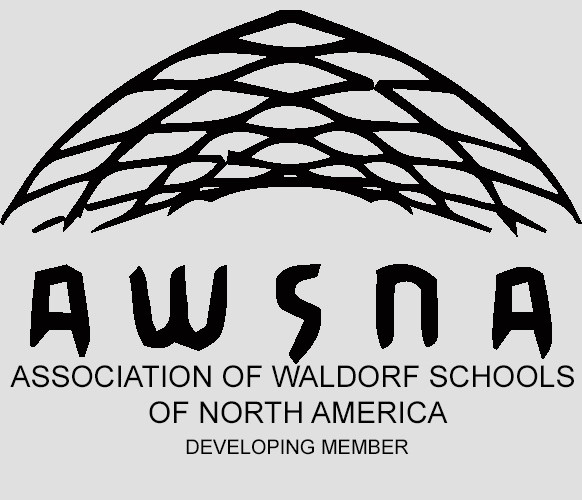From Class 4/5 Teacher Claudia Reinhardt: The fourth and fifth graders are reading the book One Crazy Summer as their first class reader for this school year. Our language arts periods have been dedicated to discussing the book, which has brought up a lot of great questions by the students. Fortunately, some of these questions can be answered by people who lived during these times. So the students wrote letters to grandparents, as well as colleagues and friends of their teacher. The class has begun to receive letters back from near and far from people who lived during the 1960s. The students always listen attentively and with much interest when I read these letters to them. We are so very grateful to everyone who wrote to us.
Here are some excerpts:
"I was born in 1955 in Caracas, Venezuela. [...] After third grade we moved to New York and stayed there. [...] My parents raised us to be responsible for our thoughts, words, and actions. They expected us to be tolerant and humanistic as they were, to find peaceful, problem-solving ways to deal with obstacles that came before us on our life journey. They set an example for us to follow. And our home was always open to multicultures, religions, and beliefs. Our only requirement was to do no harm and always try our best." (CPM)
"The Poor People's March came through Richmond that summer on the way to Washington. A large group camped on the lawn of the seminary, about 2 blocks from our house. My parents volunteered to help the marchers with getting settled in and basic comforts. They were back home when a friend of mine came over via a ride with his mom. My dad came out to greet my friend's mom, and she told with some anxiety how she'd rerouted her drive to avoid being near "all those marchers." And of course my dad came back with the story of how he'd been there helping out." (AW)
A letter from Louisville, KY was sent to us along with a copy of Muhammad Ali's autobiography "The Soul of a Butterfly." There's a chapter titled "Confronting Fear." It's beautifully written and the students were easily able to relate to it. It was a great message for them to hear around Michaelmas - after all , overcoming fear is what Michaelmas is all about.
There were reflections on the times in the letters we received, but also a clear reminder that there's work yet to be done:
"What you are studying about the Civil Rights Movement is very important. That work is still needed; it isn't finished. We've come a long ways, but we still have far to go. The world needs your strong minds and bodies. Develop your ideas and talents. And most importantly, believe in yourselves." (JH)



